Market Share
Electric Double layer Capacitor Market Share Analysis
In the competitive landscape of the Electric Double Layer Capacitor (EDLC) market, companies employ various market share positioning strategies to establish a strong foothold and gain a competitive edge. One prevalent strategy is differentiation, where companies focus on developing unique features and functionalities in their EDLC products. By offering capacitors with superior performance metrics such as higher energy density, longer cycle life, and faster charge/discharge rates, companies aim to differentiate their products and attract a niche customer base that values these advanced capabilities.
Another key strategy involves strategic partnerships and collaborations. Companies in the EDLC market often form alliances with other industry players, technology providers, or research institutions to leverage complementary strengths and resources. These partnerships can lead to joint research and development efforts, shared manufacturing facilities, and access to a broader market through collaborative marketing and distribution channels. Such collaborations can enhance a company's market reach and position it favorably against competitors.
Market penetration is a common strategy employed by companies seeking to expand their presence in the EDLC market. This approach involves capturing a larger share of the existing market by increasing sales volumes and gaining more customers. Companies may adopt aggressive pricing strategies, promotional campaigns, and distribution expansion to make their EDLC products more accessible to a broader customer base. This strategy is particularly effective in markets where there is untapped potential or a growing demand for energy storage solutions.
Product innovation is a driving force in the EDLC market, and companies often focus on continuous research and development to introduce new and improved products. By staying at the forefront of technological advancements, companies can attract customers who value the latest features and capabilities in EDLCs. Innovation may involve the use of novel materials, manufacturing processes, or the development of specialized EDLCs for specific applications, allowing companies to carve out a niche in the market.
Market segmentation is a strategy that involves targeting specific customer segments with tailored products. Companies analyze the diverse needs and preferences of different industries and applications and design EDLCs that cater to those specific requirements. This targeted approach allows companies to address the unique challenges of various sectors, such as automotive, renewable energy, and consumer electronics, and tailor their marketing and product development strategies accordingly.
Geographical expansion is a pivotal strategy for companies looking to increase their market share in the global EDLC market. By entering new regions and markets, companies can tap into diverse customer bases and capitalize on regional demands. Factors such as varying regulatory environments, energy storage needs, and economic conditions across different regions can influence the success of this strategy. Companies may establish local partnerships, distribution networks, or manufacturing facilities to strengthen their presence in specific geographical markets.
Brand positioning and reputation play a crucial role in influencing market share in the EDLC industry. Companies that invest in building a strong brand image, emphasizing reliability, quality, and environmental sustainability, can create a competitive advantage. A positive brand perception can influence purchasing decisions and customer loyalty, ultimately contributing to a company's market share growth.
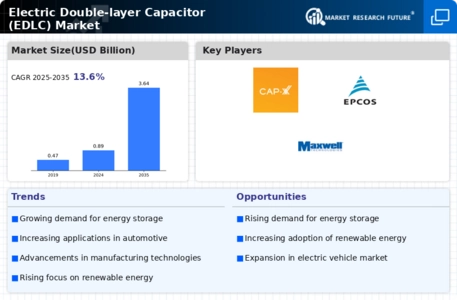

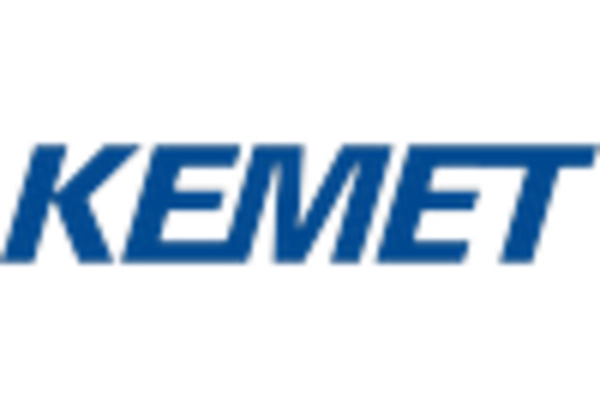
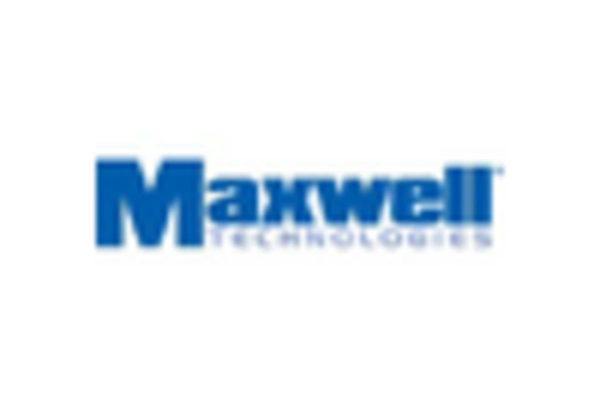
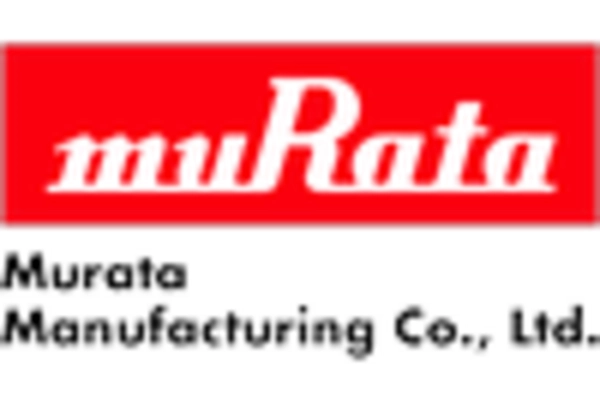
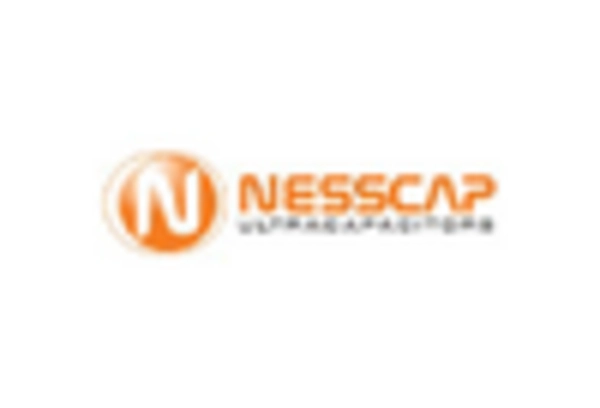
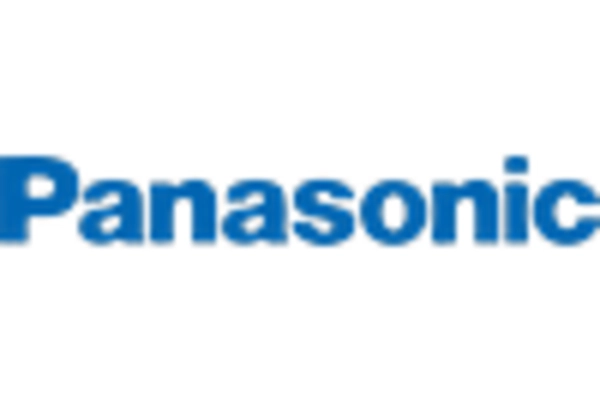
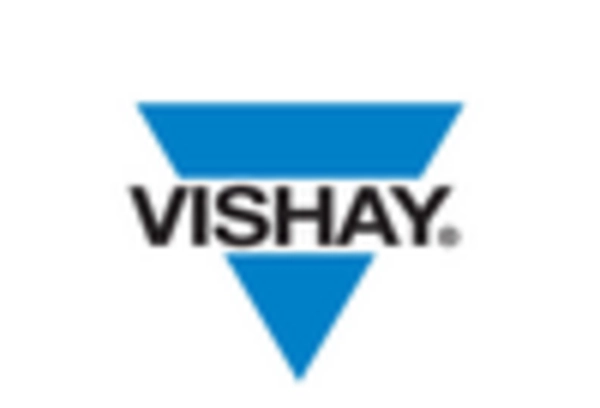

Leave a Comment